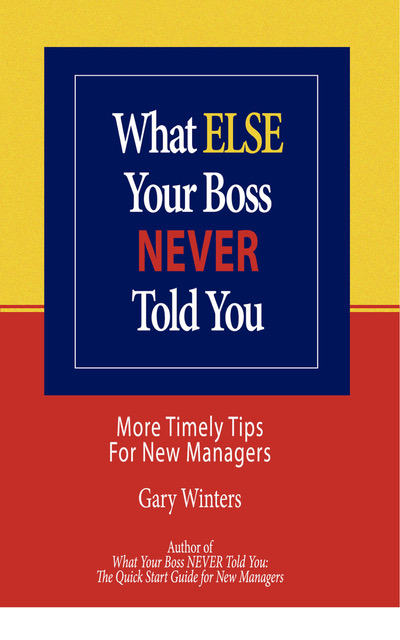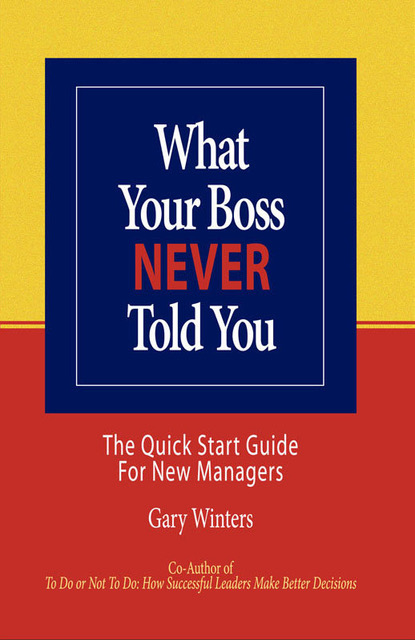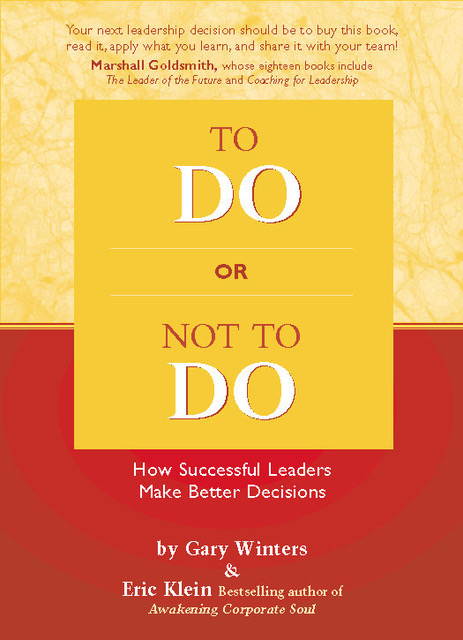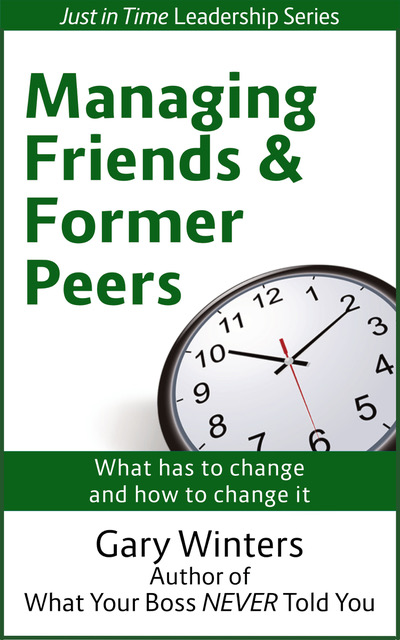A core belief of Warren Bennis (from his insightful book On Becoming a Leader) is that organizations are over-managed and under-led. I worked with two organizations which dramatically illustrate his point. Both are billion dollar enterprises, although admittedly in different industries and with different constraints. For the moment, let’s call them A and B.
When computers were first brought to the desk top twenty years ago, company A decided it was an opportunity to put all the organization’s policies and procedures at everyone’s fingertips, rather than in the three-ring binders that had been housed “down the hall” as had been the practice. They put a Tiger Team together to manage this project, and its first task was to assemble all the policies into one physical place.
They soon learned that there were over 60,000 pages to input into the computer!
As someone observed, their policy and procedures manual was “a post mortem on past performance.” For years, they had attempted to codify proper performance by creating a new rule every time something happened that wasn’t acceptable.
Company B, in contrast, had risen from a small family business to become a dominant player in their market with a simple, one-sentence “policy” – Always use your own best judgment. They also had a one sentence job description for all of their managers: Teach judgment.
To be fair, I’ll reveal that Company A is a defense contractor, and Company B is a retailer. As I’ve said, different industries, and different constraints.
Whenever I tell this story in a workshop, there are always some who want to defend or rationalize the defense contractor and it’s encyclopedic policy manual, given its customer is the government. And they have a point – to a point. But they miss the deeper insight – which has to do with which way do they want to lean in their own organization – toward more efforts to manage every possible performance contingency with a rule book, or toward more effort to lead employees in a culture of trust, ownership and mindful initiative?
Bennis draws sharp distinctions between leaders and managers:
- The manager administers; the leader innovates
- The manager is a copy; the leader is an original
- The manager focuses on systems and structure; the leader focuses on people
- The manager relies on control; the leader inspires trust
- The manager has a short-range view; the leader has a long-range perspective
- The manager asks how and when; the leader asks what and why
- The manager has his eye always on the bottom line; the leader has his eye on the horizon
- The manager imitates; the leader originates
- The manager accepts the status quo; the leader challenges it
- The manager is a classic good soldier; the leader is his own person
- The manager does things right; the leader does the right thing
Obviously, organizations need to be managed. There is a need for consistency and efficient systems. What often stifles an organization, however, is not a lack of talented managers. What stifles an organization is often a culture which fears people who lead. You know, the people who stay focused on the vision, who trust and stretch their people, and who lean into their discomfort to do the right thing – even when it “violates” company policy.
Regardless of your job title, you always have a choice. You can focus on managing, or you can focus on leading. What will you focus on today?







